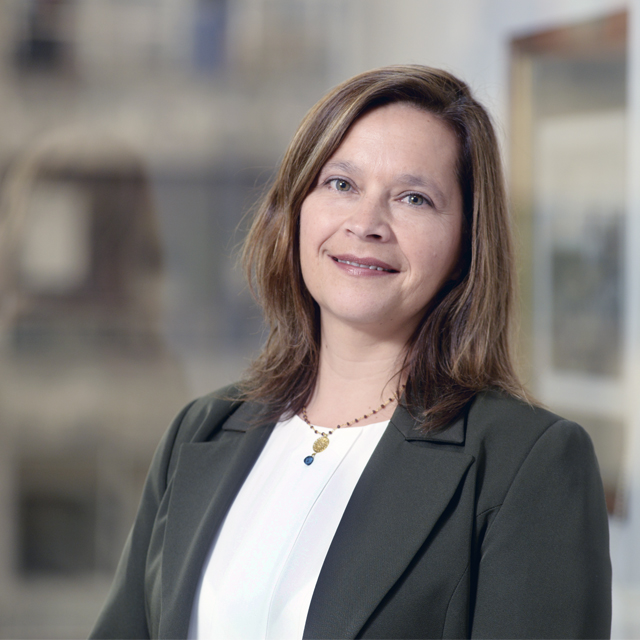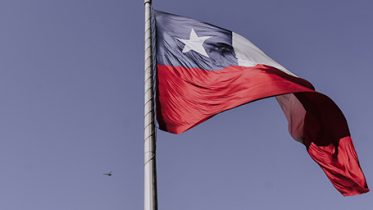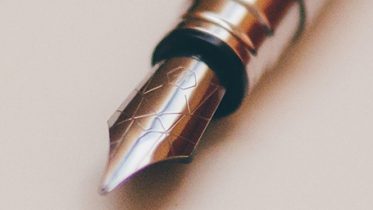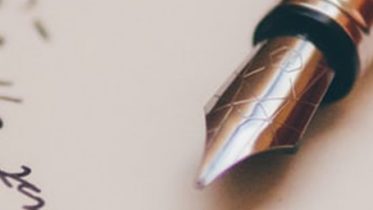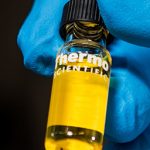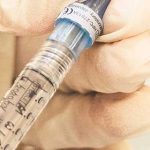New Intellectual Property Law in Chile: main changes
- 19 August 2021
- New legislation
On July 5, 2021, Law 21.355 was published in the Chilean Official Gazette, which amends the current Intellectual Property Law No. 19.039 -in force in Chile since 1991- and whose consolidated, coordinated, and systematized text was established by Decree with the force of law No. 3, of 2006, of the Chilean Ministry of Economy, Development and Reconstruction.
The purpose of the new IP Law is to improve the current Intellectual property system in the country, allowing better protection and enforcement of these rights, establishing more efficient and expeditious registration procedures, and facilitating the processes that users must carry out to obtain them.
The law project entered the National Congress of Chile in 2018, considering several measures included in a previous law project -in 2013- that did not prosper in the Congress. The Law considered the main amendments proposed in the referred law project, especially those aimed at fostering and promoting innovation and productivity.
We will now examine the principal changes in the new regulations:
Trademarks
Recognition of New Types of Registrable Signs
The possibility of protecting “non-traditional” distinctive signs such as olfactory, three-dimensional, tactile, positional, and hologram trademarks, among others, is incorporated, provided that their representation is accompanied by a written description that matches it and does not extend their scope of protection. For this purpose, the legal definition of trademarks is modified.
The Elimination of Trademarks of Commercial and Industrial Establishment
Law 19.039 contemplated the possibility of registering commercial and industrial establishments as trademarks. Considering that this concept was rarely used, the new regulation eliminates it, keeping only trademarks of products and services. Trademarks of commercial and industrial establishments in force at the new law’s entry date shall be renewed as service marks in classes 35 and 40, respectively, to keep the rights acquired by the holders of such registrations.
The Obligation of Effective Use of Registered Trademarks: Expiration of the Term for Lack of Use
At the international level, practically all countries incorporate the use requirement to maintain the validity of trademark registrations. The new regulation includes the expiration of the term for lack of use of trademarks to prevent the blocking of the protection system by mere formal rights. To this end, the trademark registration holder is required to make actual and effective use of its sign in the market. The declaration of revocation may only be requested by whoever has a legitimate interest and may not be declared ex officio by the authority. Likewise, the repeal of a trademark that has become the usual designation of the product or service for which it is registered may be requested when it has lost its distinctive force or capacity.
Improvement of the Regulation of Collective and Certification Marks.
Law 19.039 was very precarious in regulating collective and certification marks since these categories were incorporated by international commitments acquired by Chile, which meant their inclusion in domestic legislation was not entirely neat. The new legislation establishes a much more complete regulation under international standards.
Trademark Renewals
Renewal of trademarks may be requested six months before the end of the term and up to six months after. The payment corresponding to the renewal must be made concurrently with the renewal application. Renewals requested after the registration’s expiration will be subject to a surcharge of 20% for each month or a fraction of a month after the registration’s expiration.
Exclusions to Trademark Rights: Pseudonyms and Generics
It is established that the holder of a trademark may not prevent any person from using, in the course of commercial operations, its name or pseudonym or the name of its predecessor in business unless such name is misleading or confusing to the consuming public. At the same time, the holders of trademarks incorporating geographical, generic, or descriptive concepts may not prevent the use of such concepts when the purpose of such use is to inform the geographical origin, genre, or another descriptive characteristic of the product or service, except when it leads to error or confusion in the mind of the consuming public. Therefore, for the first time, the new regulation allows specific legitimate uses of another’s trademark.
Trademark Counterfeiting Offense
For the first time, the offense of “trademark counterfeiting” is typified, penalized with a prison sentence of up to three years and one day (currently, there is only a fine for the benefit of the Public Prosecutor). Law 19.039 did not specifically typify the offense of trademark counterfeiting, except in a general manner in the Criminal Code concurrently other illicit activities.
Pre-established Indemnities in Case of Trademark Infringement
A compensation system is established that allows the substitution of damages for a single “compensatory” sum determined concerning the seriousness of the infringement, up to the amount of 2.000 monthly tax units per infringement (approx. USD 140.000).
Patents
Provisional Patent
The concept of provisional patents is incorporated, enabling those who do not yet fulfill all the elements for filing a patent application to file a “provisional” application describing the invention in a sufficiently clear and complete manner. Such application confers a right of priority for twelve months to file the definitive patent application, which will be counted from the filing date of the provisional application. If the twelve-month time elapses and the final application has not been filed, the provisional application shall be deemed not to have been filed.
Restoration of the Right of Priority
It includes the possibility for the applicant to request the restoration of the right of priority for patent applications processed under the Paris Convention within the same term as for PCT applications. It establishes equal treatment for a patent application under the Paris Convention and one under the PCT.
Removal of Abandoned Applications
The time limit for requesting the removal of applications declared abandoned by the registration authority has been reduced. The new term to request the removal of the application will be 45 days counted from the date of abandonment (previously, the time was 120 days) without losing the right of priority. The new regulation incorporates the payment of a fee of 2 UTM to request the removal (approx. USD 140).
Exceptions to Patent Rights
Limitations to the rights conferred by patents are introduced to balance the interests of protection and access, thus following the rules of other legislations in the world. Among these limitations are acts performed privately and without commercial motives, those performed exclusively for experimental reasons, the preparation of medicines under medical prescription for individual cases, among others.
Bolar Exception
The Bolar exception is incorporated for agrochemical products. The previous regulation recognized this exception to patent rights only for pharmaceutical products. Therefore, with the new regulations, third parties will be able to use a patented pharmaceutical or agrochemical product to conduct tests and trials necessary to obtain marketing authorization from the respective national regulatory authority.
Patent Infringement Action
The patent infringement action is introduced, which seeks to protect the inventor or legitimate owner from suing the person who obtained the patent without having the right to do so, get the transfer of the registration, and request the corresponding compensation for damages. The action may be exercised during the entire registration term, and its resolution is left to the ordinary courts of justice.
Limit to Additional Protection
Law 19.039 states the possibility of requesting an additional term of protection for a patent when there have been undue administrative delays in its processing and the prosecution has taken more than five years from the filing date, or more than three years for the expert “examination request.” The new regulation reduces from six months to 60 days the term to apply for additional protection and limits that protection time to a maximum of five years. Additionally, the new regulation clarifies that the “request for examination” occurs with the acceptance of the expert, thus solving a problem of interpretation of the current regulation.
Reduction of the Expert Fee for National Phase PCT Applications in which INAPI Acted as ISA/IPEA
In those applications in which INAPI has issued an international search report and written opinion acting as International Searching Authority, the applicant may accompany, jointly the national phase application, a written reply to the observations formulated in the report and written opinion. If the applicant answers in the referred form, the expert fee is reduced by 50%.
Incorporation of Annuity Payments for Patent Fees
The option to pay annuities or a one-time fee before the expiration of the first decade or five-year period for patent maintenance is included.
Additional Fee for Sheet Volume in Invention Patent Applications
An additional fee, not existing until now, is introduced for invention patent applications exceeding 80 sheets. This additional fee is one monthly tax unit (approx. USD 70) for each additional 20 sheets or fraction thereof and must be paid concurrently with the filing fee (1 monthly tax unit).
Designs
Filing Procedure for Industrial Designs
The registration of designs is currently subject to the same registration procedure as patents. By considering the need to have more agile and expeditious prosecutions, a simple registration mechanism without prior examination is established, which may be required later in case of disputes. That is an abbreviated procedure that allows obtaining a certificate of deposit and in which no substantive examination is carried out. The certificate gives the holder a specific date to verify, in an eventual examination, compliance with the substantive requirements. The holder may not act against third parties as long as the substantive examination provided in the general registration procedure has not been carried out and approved.
Extension of the Term of Protection of Designs
A maximum term of fifteen years is established for designs (the current time is ten years, non-renewable).
Extension of the Term of Protection of in force Designs
The holders of design registrations granted before the law’s entry into force may request an extension of the term of protection for up to five additional years by paying the respective fee equivalent to 2 UTM (approx. USD 140).
Trade Secret
The term “business” secret is replaced by “trade” secret in this law, establishing a definition by the international standard set by the TRIPS (Agreement on Trade-Related Intellectual Property Rights). Thus, according to the new regulation, to constitute a trade secret, the information must be secret, have commercial value, and have been subject to reasonable measures to keep it confidential.
Geographical Indications and Appellations of Origin
It has been made amendments to the regulations on geographical indications and appellations of origin. It has been added grounds for non-registrability and incorporating the possibility of requesting their cancellation when the product is no longer produced in the protected area or when the conditions justifying their recognition have ceased to be met to improve and strengthen the system and simplify its procedure.

